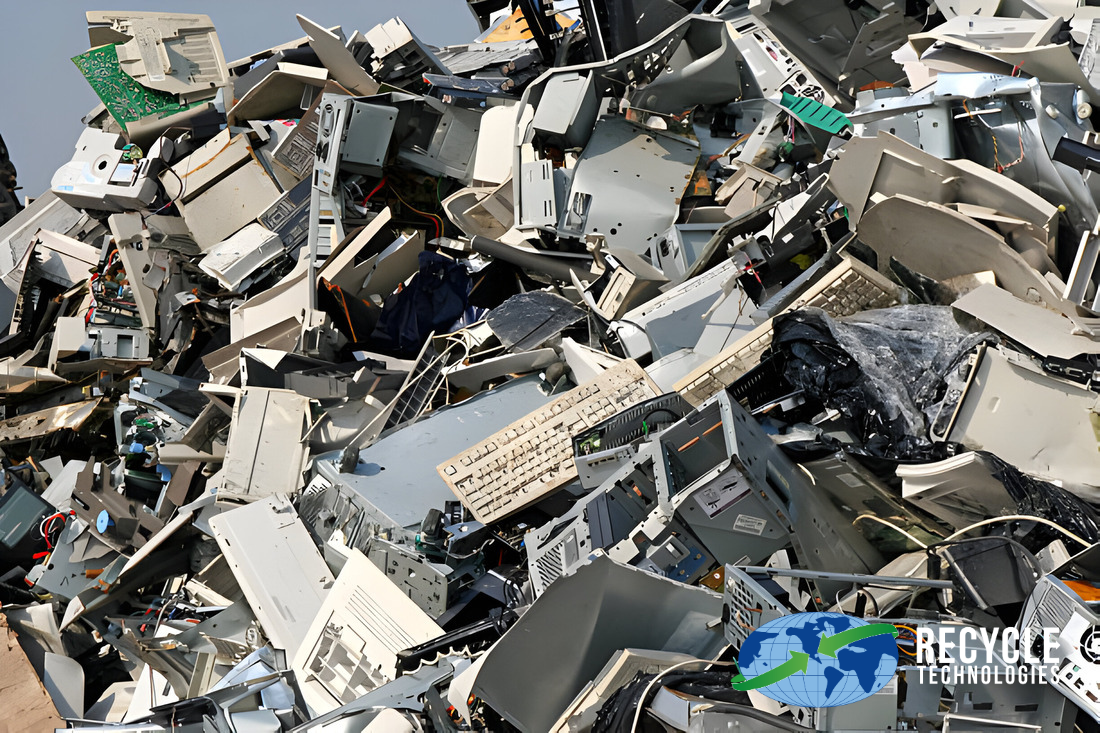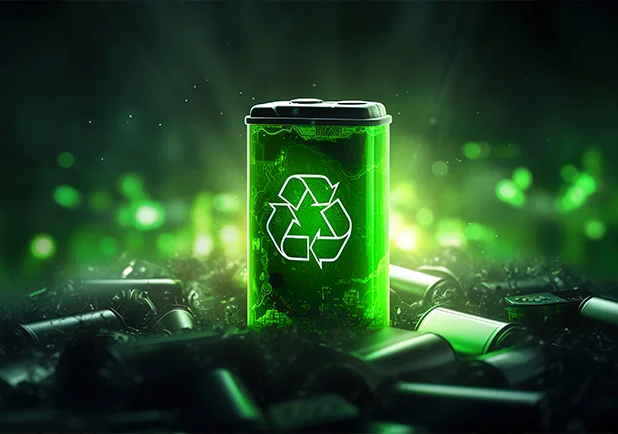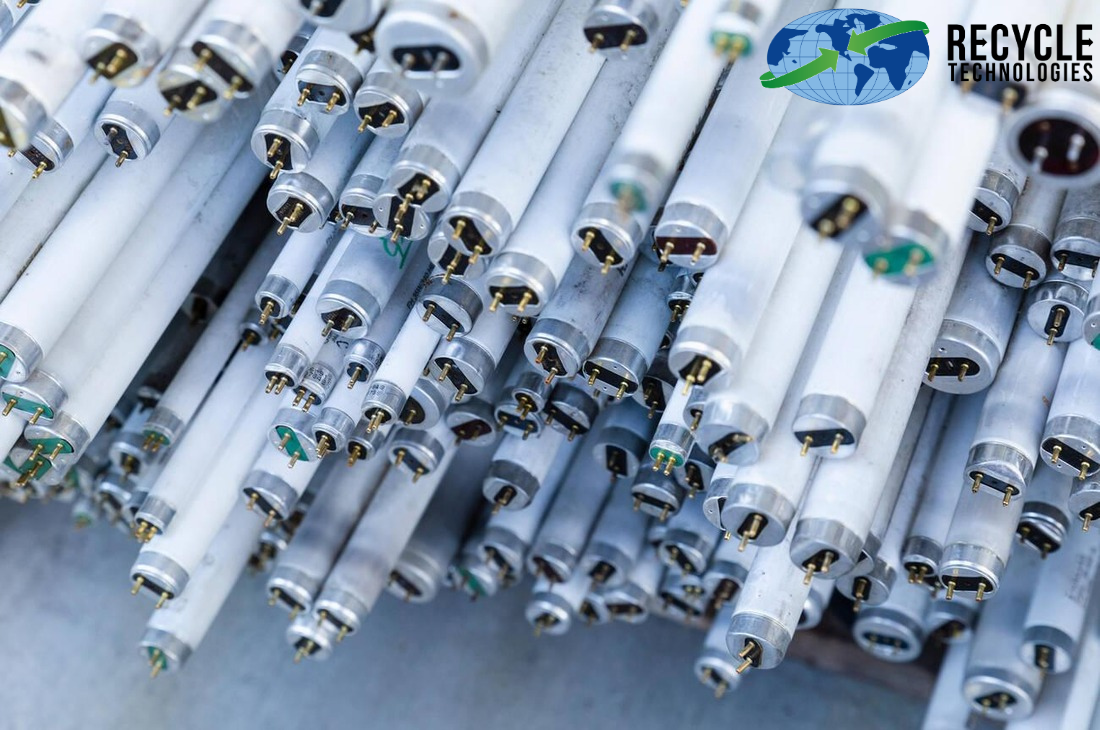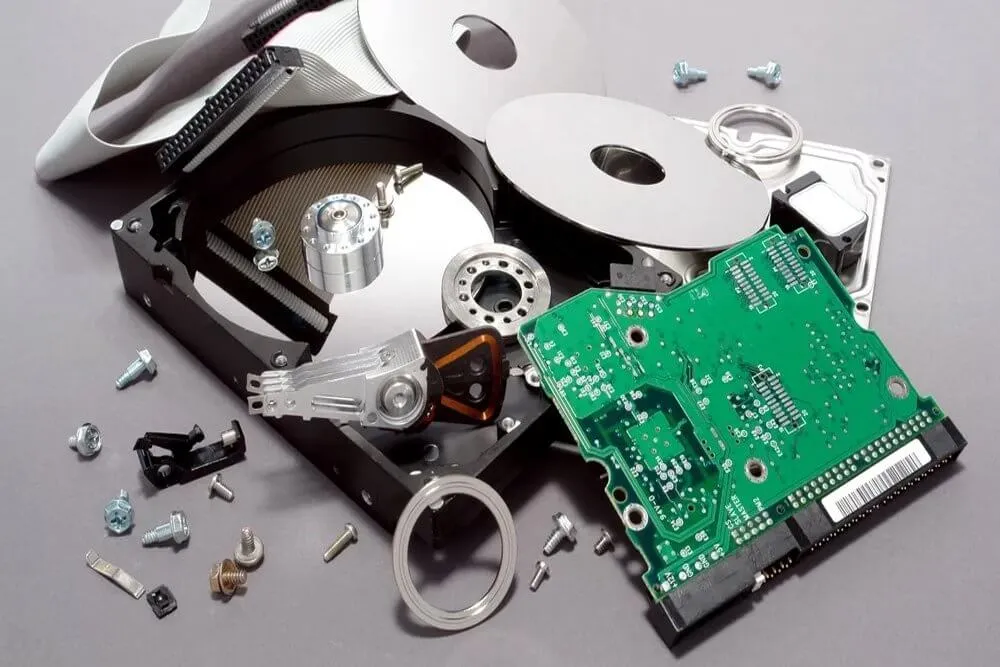The only way to imagine a world without technology today is to consider an apocalyptic scenario. We must remember to live without our smartphones, computers, and tech gadgets. We are also unbothered primarily to create and renew responsible e-waste recycling strategies, especially at a corporate level.
E-waste from discarded electronics is exploding as companies churn through tech faster than ever. However, poor e-waste strategies let hazardous materials contaminate landfills.
Companies can do way better, as their big carbon footprints mean they should step up and handle e-trash responsibly. For this purpose, they have some procedures in place, but there is a greater need to improve the existing e-waste recycling strategies.
In this blog, we will learn how recycling e-waste can be improved with strategies and methods and how the corporate industry can influence it effectively.
What is E-waste?
The EPA says e-waste, electronic waste, e-scrap, and end-of-life electronics are all terms used for dead electronics and are on their way to being destroyed, donated, or recycled.
E-waste is a word for any old electronic gizmo or gadget getting thrown out. These junk devices can cause significant issues if they pollute landfills instead of being disposed of properly. When the toxic materials inside them leak into the ground over the years, they contaminate the soil and seep into groundwater supplies. If this polluted water mixes with streams or rivers, it poisons the environment and marine life. And, of course, this affects human health, too, when the contamination spreads.
So, e-waste is obsolete electronics or spent electronics. It represents real environmental and health risks if corporations don't manage it right. Proper recycling and disposal are clutch AF to prevent e-waste from ruining ecosystems for generations. Companies must step up and keep their outdated tech out of landfills. The time for better e-waste recycling strategies is now.
Understanding E-Waste Challenges
E-waste refers to discarded electronic devices, and it's a challenge that's growing at an alarming rate. At a similar rate, we see e-waste businesses spring up in the US. By 2030, the e-waste industry is expected to grow to nearly 75 million tons, doubling the annual waste.
As businesses upgrade their technology to stay competitive, more old devices end up in landfills or improperly recycled, making it the biggest irony in the recycling industry.
Adding to the issue is the rate of technology devices needing to be discarded by corporate offices and organizations. According to workplace statistics, the average employee ditches their laptop every 2–3 years. Without changes, corporations will keep feeding this waste crisis.
Moreover, many electronic devices store sensitive corporate and customer data. Improper disposal can lead to data breaches, exposing confidential information and damaging a company's reputation. A robust e-waste strategy includes proper data wiping or destruction, ensuring that sensitive information doesn't fall into the wrong hands.

E-Waste Strategies for Sustainability
We need sustainable e-waste strategies to make our future better than our present. At present, we have a severe challenge highlighting the plight of environmental pollution and its effect on human health. It is critical for cutting emissions and creating a brand reputation through corporate social responsibility (CSR). Companies can be more responsible through increased donations to recycling companies, operational initiatives, and a strategic transformation.
Electronic devices contain valuable resources such as rare metals, including gold, silver, and lithium. Extracting these resources from the Earth can lead to habitat destruction and increased mining, further straining our planet's resources. By recycling and reusing electronic devices, businesses can help preserve these valuable materials and promote sustainability.
Also Read: Recycle Technologies Complete E-Waste Recycling Process
Role of Corporations and Recyclers
Tech corporations have a more significant role than many realize in minimizing e-waste. After all, they're churning out all the gadgets and gizmos that eventually get tossed out as trash. But it isn't fair to say they're doing nothing either. Big brands have significant power to fix the e-waste problem if they try.
For example, recyclers like Recycle Technologies offer programs to properly break down and refurbish old electronics so nothing ends up in landfills. They aim to increase recycling rates and ensure each component gets recycled responsibly.
By partnering with recyclers, brands can implement take-back initiatives to recover their products instead of trashing them. They can also design better outcomes in the first place that last longer and use safer materials. And donate more working devices to charity and schools instead of dumping them.
While corporations play a lead role in the massive amount of e-waste, they also hold the keys to improving how we deal with out-of-date electronics. If companies made e-waste reduction and recycling legit corporate priorities, it would drive real change. Brands have the power – they need the motivation to fix the e-waste crisis they helped create.
Greener E-Waste Strategies
More sustainable options like device trade-in programs, IT asset disposition services, and school tech donations are available. Defining processes to redirect aged tech supports a circular economy.
Corporations need to step things up to address the e-waste crisis. Implementing structured device refresh cycles, maximizing e-waste recycling, and exploring eco-friendly alternatives will improve sustainability. Companies have the scale and resources to make real change. They require the initiative to treat e-trash right.
Steps Toward Better Corporate E-waste Recycling
- Assessment and Inventory: Conduct a thorough review of all electronic devices. Identify those that can be refurbished or recycled and create an inventory.
- Responsible Recycling Partnerships: Partner with certified e-waste management companies that adhere to proper disposal practices. Ensure that these partners follow environmentally accountable procedures.
- Data Management: Before disposing of electronic devices, ensure that all sensitive data is adequately wiped or destroyed to prevent data breaches.
- Employee Education: Educate employees about the importance of responsible e-waste management and encourage them to participate in recycling programs.
- Circular Design: When purchasing new devices, consider products designed for longevity, repairability, and recyclability. It contributes to a perfect circular economy.
The Need for Better Corporate E-waste Recycling
Companies can figure out the incentives to implement improved corporate e-waste strategies, which brings about numerous benefits:
Cost Savings
Reusing and refurbishing electronic devices can be more cost-effective than purchasing new ones. Additionally, proper recycling can help businesses avoid fines and penalties associated with improper disposal.
Positive Brand Image
Companies prioritizing environmental sustainability and responsible e-waste management will likely gain a positive reputation among consumers and stakeholders. Demonstrating a commitment to the environment can foster trust and loyalty.
Innovation and Circular Economy
A circular economy approach focuses on reducing waste by designing products that can be easily repaired, upgraded, and recycled. Embracing this approach can drive innovation within the company and contribute to a more sustainable business model.
Employee Engagement
Employees often take pride in working for environmentally conscious companies. Engaging employees in e-waste recycling reduction initiatives can boost morale and create a shared purpose.
Conclusion
The problem of electronic waste is a significant difficulty in this age of digital technology. On the other hand, if businesses had more effective plans for dealing with their e-waste, we wouldn't have to face this obstacle. It is time for companies to take responsibility for their actions and contribute to forming a more sustainable future. In the end, a greener world is not only beneficial for the environment, but it is also beneficial for commercial interests.













